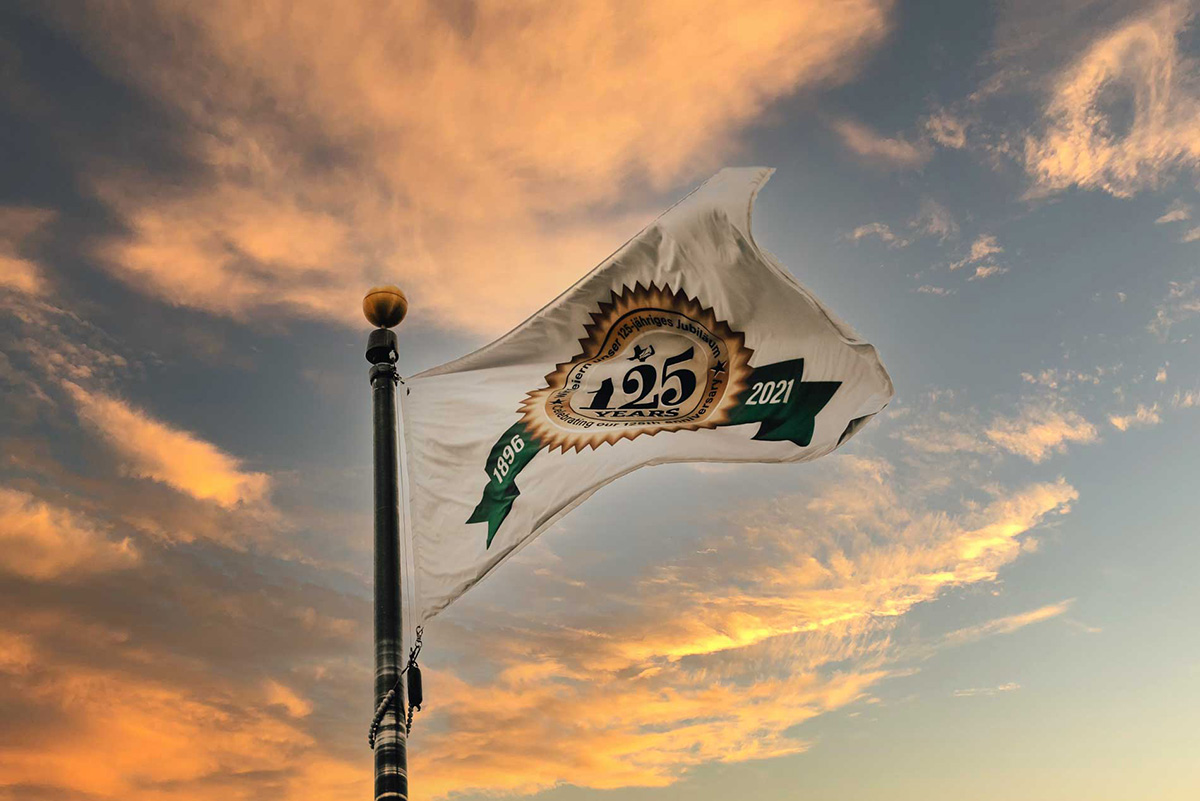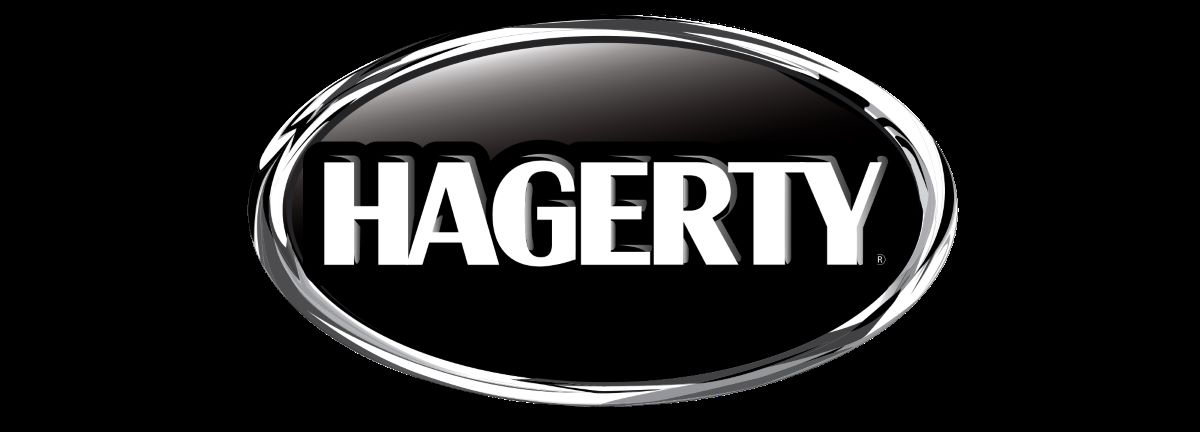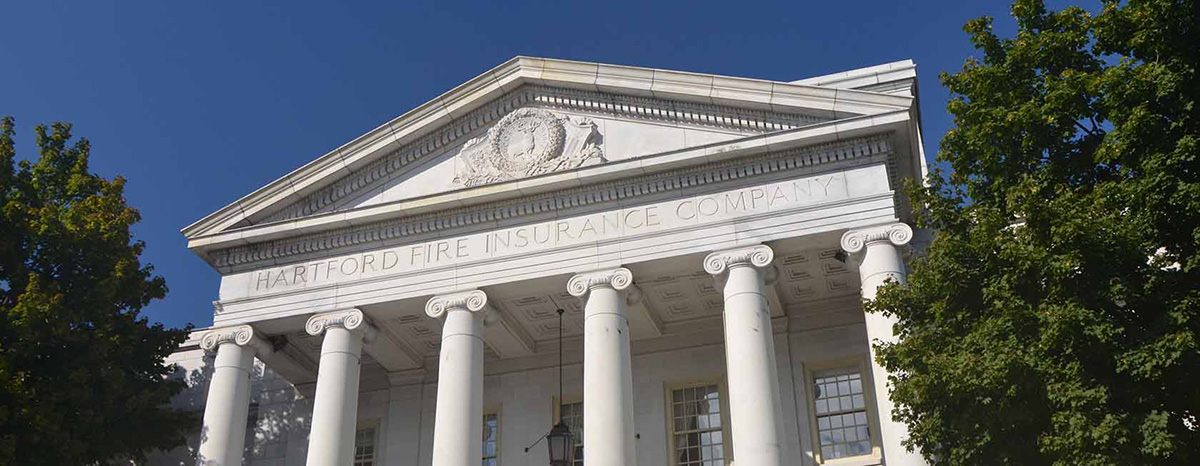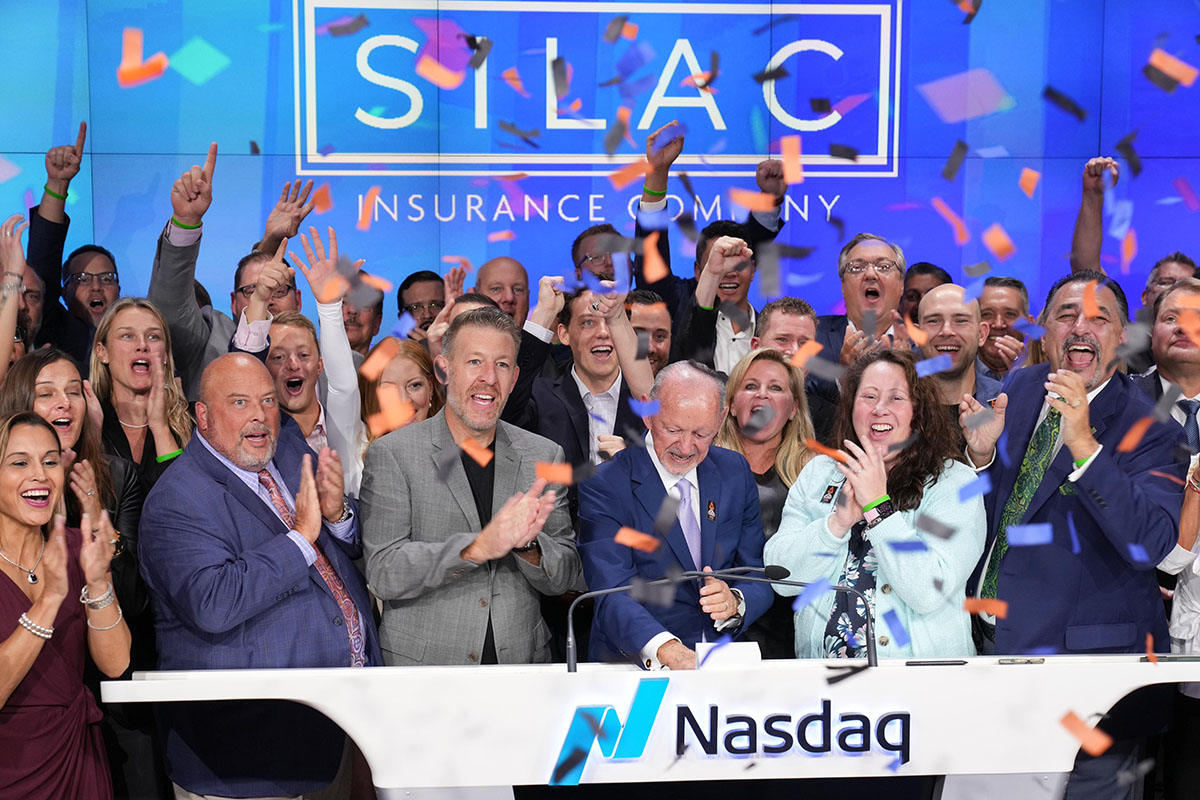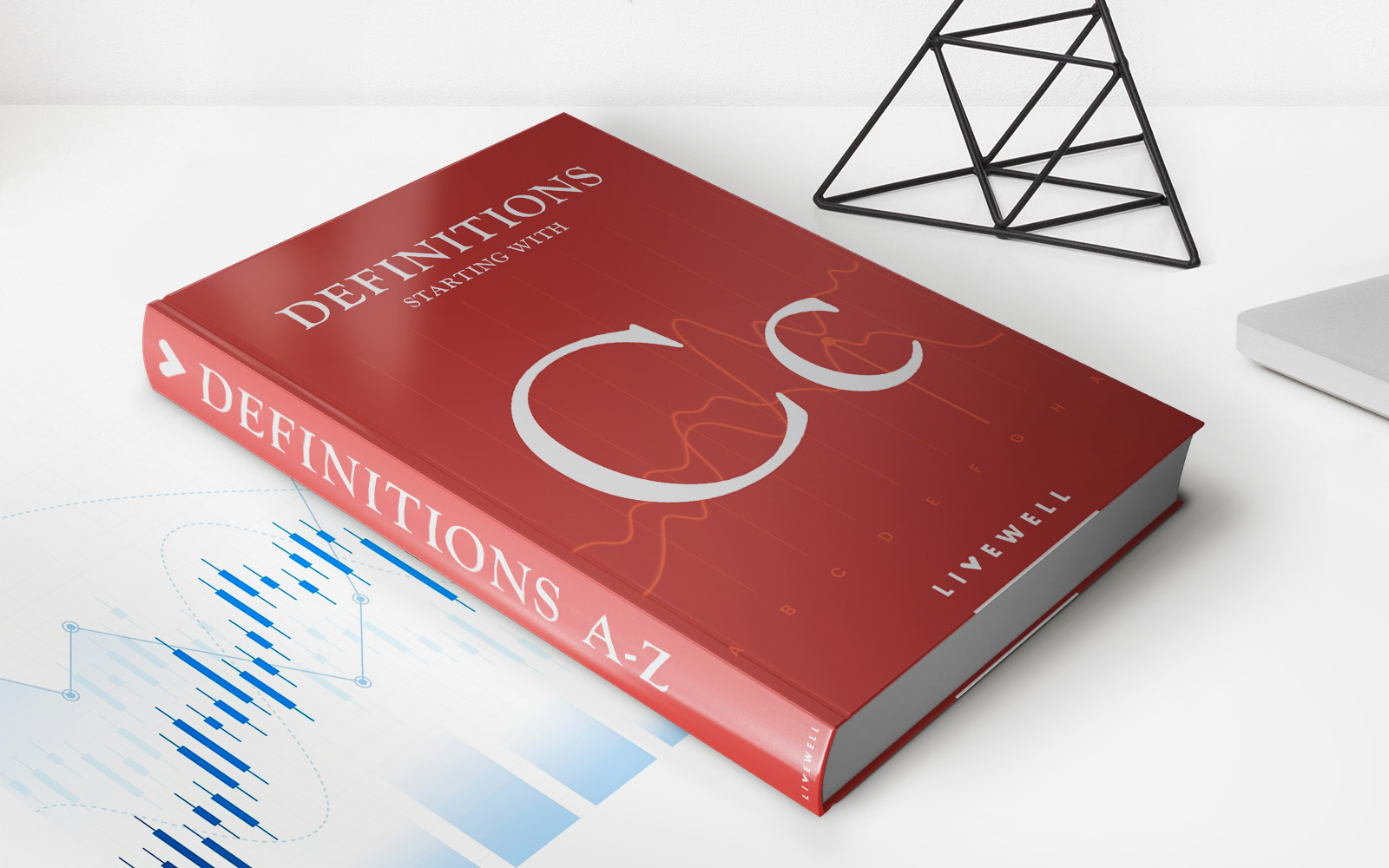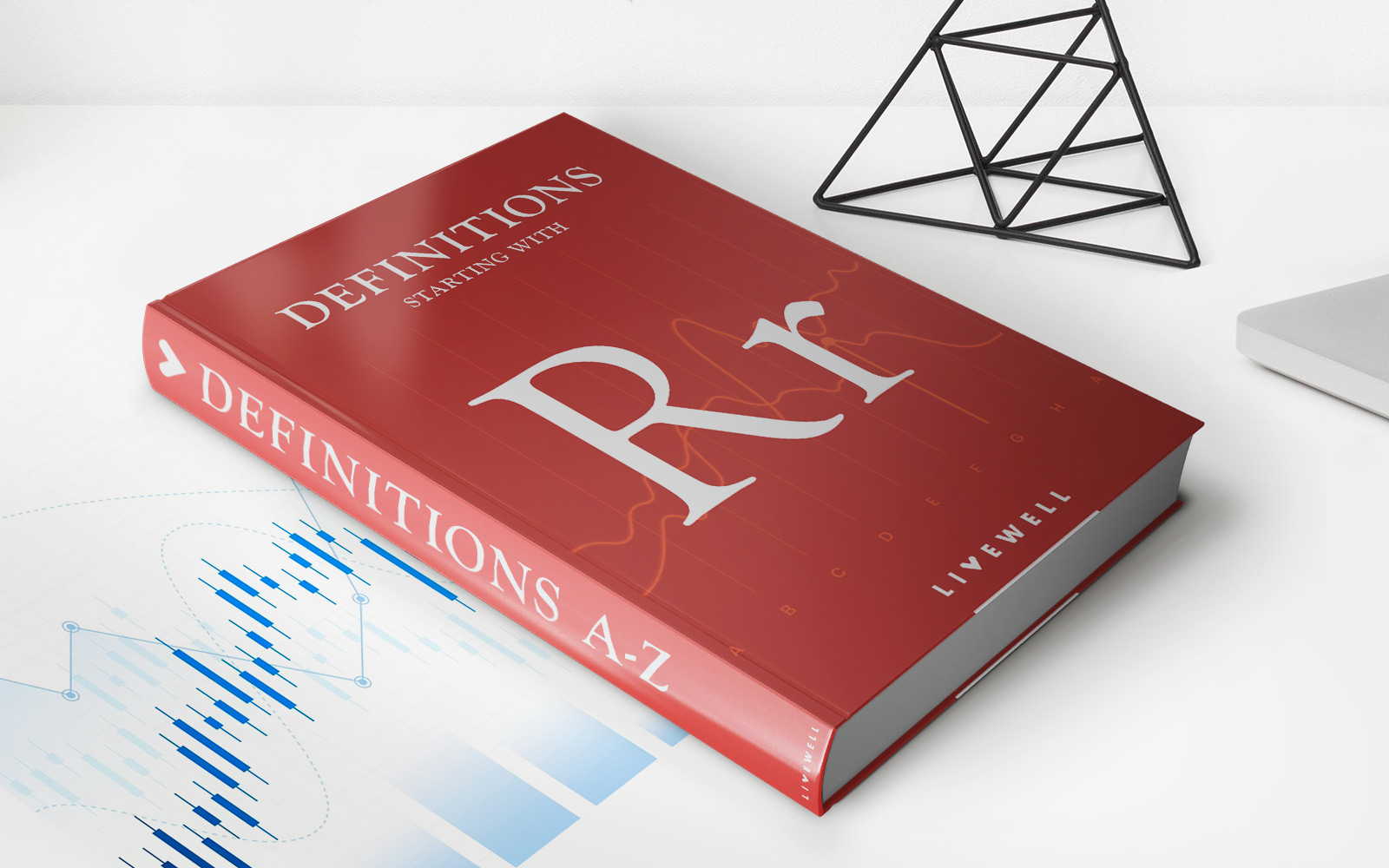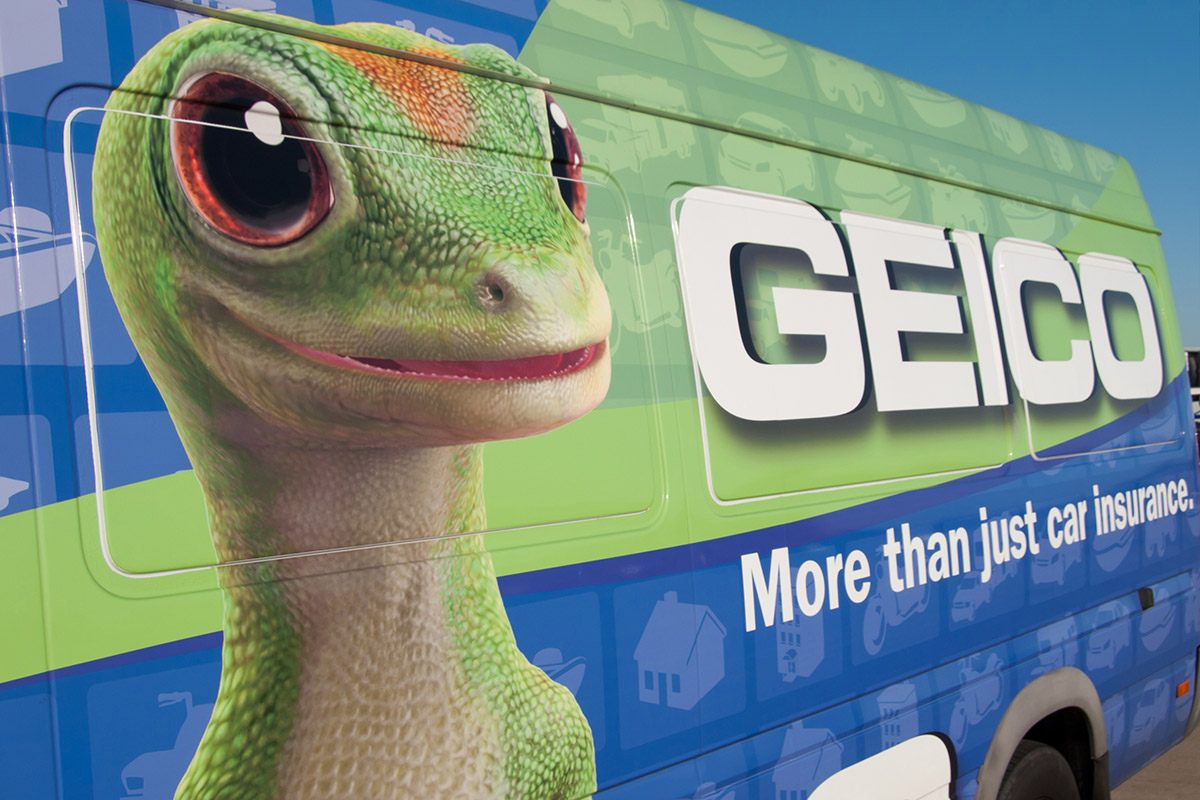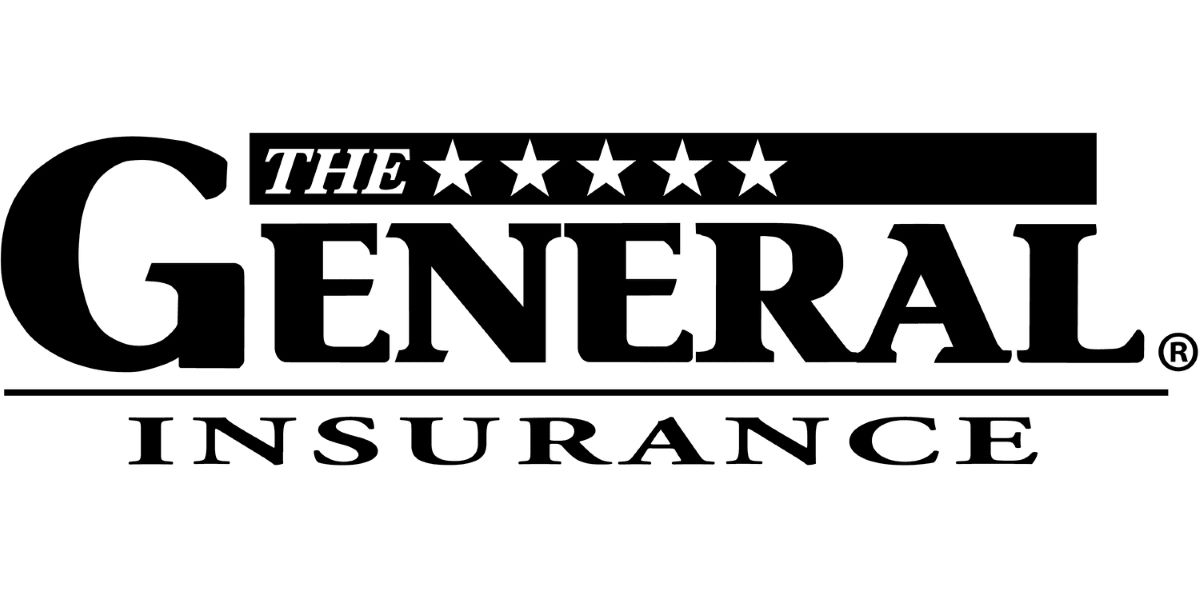

Finance
Who Owns The General Insurance Company?
Published: November 15, 2023
Discover who owns the General Insurance Company in the world of finance. Uncover the key players behind this reputable insurance provider.
(Many of the links in this article redirect to a specific reviewed product. Your purchase of these products through affiliate links helps to generate commission for LiveWell, at no extra cost. Learn more)
Table of Contents
- Introduction
- History and Background of General Insurance Company
- Ownership Structure of General Insurance Company
- Publicly Traded Ownership of General Insurance Company
- Major Shareholders of General Insurance Company
- Government Ownership of General Insurance Company
- Corporate Ownership of General Insurance Company
- Conclusion
Introduction
General insurance plays a crucial role in our lives, providing coverage and protection against various risks such as accidents, natural disasters, and liabilities. These insurance policies are offered by companies known as general insurance companies, which operate in a highly regulated and competitive industry. As consumers, we often wonder who owns these general insurance companies and how their ownership structure impacts the industry as a whole.
In this article, we will delve into the world of general insurance and explore the ownership structure of these companies. We will uncover the major shareholders, whether they are public or private entities, and examine the role of government ownership in the industry. By understanding the ownership landscape of general insurance companies, we can gain insights into their financial stability, decision-making processes, and overall impact on the industry.
Before we dive into the details, let’s briefly discuss the history and background of general insurance companies. These companies have a rich legacy dating back decades, with some renowned names being in operation for over a century. They have evolved to meet the changing needs of consumers and the growing complexity of risks in today’s world.
The general insurance industry operates in a competitive market, with numerous players vying for market share. Companies differentiate themselves through factors such as product offerings, customer service, and financial stability. The ownership structure of these companies can vary, encompassing publicly traded entities, government-owned entities, and corporate-owned entities. Each type of ownership brings its own set of advantages and considerations.
Understanding the ownership structure of general insurance companies is important for various stakeholders, including policyholders, investors, and regulatory bodies. It provides insights into the financial health and stability of these companies and influences the policies they introduce, the premiums they set, and the claims they process.
In the following sections, we will explore the ownership structure of general insurance companies in detail, shedding light on the key stakeholders and their influence on the industry. Let’s dive in and uncover the owners of these crucial entities.
History and Background of General Insurance Company
General insurance companies have a long and storied history, dating back to ancient civilizations. The concept of insurance, in general, emerged as a means to protect against unexpected events and losses. However, the formalization of general insurance as a distinct industry took shape in the 17th century with the establishment of Lloyd’s of London, which revolutionized the insurance landscape.
Lloyd’s of London, founded in 1688, initially focused on providing marine insurance to shipowners and merchants. Over time, Lloyd’s evolved to cover a broader range of risks and expanded its offerings beyond marine insurance. This marked the birth of the modern general insurance industry, and the principles established by Lloyd’s continue to shape the industry to this day.
The rise of industrialization in the 19th century further fueled the growth of general insurance companies. As businesses expanded, there was a need for comprehensive insurance coverage to protect against property damage, liability claims, and other risks associated with industrial operations. This led to the establishment of several general insurance companies that catered specifically to these needs.
General insurance companies provide coverage for a wide range of risks, including fire, theft, motor accidents, health emergencies, natural disasters, and more. They play a critical role in mitigating financial losses and providing a safety net for individuals, businesses, and communities.
With technological advancements and the advent of the digital age, general insurance companies have evolved to meet the changing needs of consumers. They now offer online platforms for policy purchase and claim processing, making the insurance process more convenient and accessible.
The general insurance industry is regulated by governmental authorities to ensure fair practices, consumer protection, and financial stability. Each country has its own regulatory bodies and frameworks to oversee the operations of insurance companies and protect the interests of policyholders. Compliance with these regulations is vital for general insurance companies to maintain their licenses and operate in the market.
The general insurance industry continues to adapt and innovate in response to emerging risks and evolving customer demands. Companies now offer specialized insurance products for niche markets, such as cyber insurance, pet insurance, and event cancellation insurance. This diversification allows them to cater to a broader range of consumer needs and stay competitive in the industry.
As we navigate through the complex landscape of general insurance companies, it is crucial to understand their historical roots and the role they play in protecting individuals, businesses, and economies. Now that we have a foundational understanding of the history and background of general insurance companies, let’s delve into their ownership structure in the next section.
Ownership Structure of General Insurance Company
The ownership structure of general insurance companies can vary depending on the country, the company’s legal structure, and its ownership policies. Generally, there are three main types of ownership structures: publicly traded, government-owned, and corporate-owned.
Publicly Traded Ownership
In many cases, general insurance companies are publicly traded entities. This means that their ownership is distributed among various shareholders who hold stocks or shares in the company. These shareholders can include individual investors, institutional investors, and even other insurance companies.
Publicly traded general insurance companies are subject to the regulations of the stock exchange where they are listed. They are required to disclose financial information, hold annual general meetings with shareholders, and comply with corporate governance standards. The ownership and voting rights of shareholders are determined by the number of shares they hold.
This ownership structure allows for greater transparency and accountability, as shareholders have a direct stake in the company’s performance. It also provides opportunities for investors to participate in the potential growth and profitability of the general insurance company.
Government Ownership
In some cases, general insurance companies may be owned or controlled by the government. Governments may establish these entities to ensure the availability of insurance services in the market, especially in areas where private insurers are not willing to operate.
Government-owned general insurance companies often have a mandate to provide coverage to underprivileged or high-risk sectors of society. They may also prioritize national interests and economic stability when making decisions regarding premiums, coverage, and claim settlements.
These companies are typically regulated by government bodies that oversee their operations and ensure adherence to specific policies and regulations. While government ownership can provide stability and a safety net for policyholders, it may also introduce additional bureaucratic processes and potential conflicts of interest.
Corporate Ownership
Some general insurance companies may be owned by larger corporate entities. These corporate-owned insurers often operate as subsidiaries or divisions of conglomerates that have diverse business interests.
Corporate ownership can provide synergies and cross-selling opportunities. For example, a company that owns both an insurance company and a bank can offer insurance products to its banking customers. This ownership structure enables companies to leverage their existing customer base, resources, and expertise to strengthen their insurance operations.
However, corporate ownership may also present challenges, as decisions regarding the general insurance company may be influenced by the broader goals and interests of the parent company. Regulatory authorities closely monitor such ownership structures to ensure fair treatment of policyholders and prevent conflicts of interest.
Hybrid Ownership
It is important to note that the ownership structure of general insurance companies can be a combination of the aforementioned types. For instance, a company may be publicly traded but also have a significant government or corporate ownership stake.
Hybrid ownership structures can have a mix of advantages and challenges. They can provide access to capital through the stock market while also benefiting from the stability and support of government or corporate backing.
Understanding the ownership structure of a general insurance company helps stakeholders assess the company’s financial stability, decision-making processes, and potential conflicts of interest. This knowledge is crucial for policyholders, investors, and regulators alike.
In the next section, we will explore the major shareholders of general insurance companies, gaining insights into the key stakeholders who shape the industry.
Publicly Traded Ownership of General Insurance Company
Publicly traded general insurance companies are a common ownership structure within the industry. These companies are listed on stock exchanges, allowing individuals and institutions to buy and sell shares in the company, thereby becoming shareholders.
As publicly traded entities, general insurance companies are subject to the regulations and oversight of the stock exchange on which they are listed. They are required to publish regular financial reports, hold annual general meetings, and comply with corporate governance standards. This level of transparency helps ensure accountability and allows shareholders to make informed investment decisions.
Public ownership offers several benefits for both the general insurance company and its shareholders. For the company, it provides access to a larger pool of capital through the sale of shares. This capital can be used to fund business expansion, invest in new technologies, and strengthen the company’s financial position. It also allows the company to potentially attract high-profile investors and analysts, which can enhance its reputation and market value.
For individual and institutional investors, owning shares in a publicly traded general insurance company offers an opportunity to participate in the potential growth and profitability of the company. Shareholders may receive dividends, representing a portion of the company’s profits, and can benefit from any increase in the company’s stock price over time.
Public ownership also brings certain challenges and considerations. The management of publicly traded companies must balance the interests of the shareholders with the long-term goals of the company. Quarterly financial results and short-term market expectations can sometimes create pressures that impact strategic decision-making.
Additionally, the ownership of publicly traded general insurance companies can be dispersed among numerous shareholders, ranging from individual retail investors to large institutional investors such as pension funds and asset management firms. Each shareholder may have different investment objectives and expectations, which can influence the company’s priorities and strategic direction.
Shareholders of publicly traded general insurance companies typically have voting rights based on the number of shares they hold. This allows them to participate in major decisions, such as the appointment of directors or the approval of significant corporate actions. Shareholders can express their opinions and concerns through voting at annual general meetings or by engaging with the company’s management and board of directors.
In summary, publicly traded ownership in general insurance companies provides transparency, accountability, and access to capital. It allows investors to have a direct stake in the company’s performance and potentially benefit from its success. However, it also presents challenges in terms of balancing short-term market expectations and diverse shareholder interests.
In the next section, we will explore the major shareholders of general insurance companies, exploring who holds the largest stakes and influences the industry.
Major Shareholders of General Insurance Company
General insurance companies, both publicly traded and privately held, have a diverse set of shareholders. These shareholders hold ownership stakes in the company and play a significant role in shaping its strategic direction and decision-making processes. Let’s explore some of the major shareholders of general insurance companies.
Institutional Investors
Institutional investors, such as pension funds, insurance companies, and mutual funds, are among the largest shareholders of general insurance companies. These entities invest large sums of money in various industries, including the insurance sector, on behalf of their clients or beneficiaries. Institutional investors often have the resources and expertise to conduct thorough research and analysis, enabling them to make informed investment decisions. Their significant ownership stakes give them a strong voice in influencing company policies and governance.
Founders and Promoters
Founders and promoters play a crucial role in the initial establishment and growth of general insurance companies. They are individuals or entities who conceptualize the business, obtain necessary licenses, and provide the initial capital to start the company. Founders and promoters retain a significant ownership stake in the company, often holding key management positions and influencing strategic decisions. Their vision and leadership are instrumental in shaping the company’s direction and building its brand and reputation.
Individual Retail Investors
Individual retail investors, who purchase shares of general insurance companies through stock exchanges, also contribute to the ownership landscape. These investors may include small-scale investors who believe in the growth potential of the company and seek to benefit from potential dividends and capital appreciation. While their individual stakes may be relatively small compared to institutional investors, their collective ownership can still have an impact on the company’s performance.
Other Insurance Companies
In the general insurance industry, it is not uncommon for one insurance company to hold shares in another. Insurance companies may invest in each other as part of their overall investment strategy or to establish strategic alliances. These investments can provide mutual benefits in terms of diversifying risk, sharing expertise, and exploring collaborative business opportunities.
International Investors
The ownership landscape of general insurance companies may also extend to international investors. International investors, including foreign institutional investors and multinational corporations, may see opportunities in diverse insurance markets and invest in companies outside their home countries. This cross-border ownership can bring in expertise, capital, and new perspectives, contributing to the growth and global reach of general insurance companies.
The ownership structure of general insurance companies is dynamic, with the composition of major shareholders changing over time. Changes in ownership can occur due to investment decisions, mergers and acquisitions, or companies going public or being privatized.
Understanding the major shareholders of general insurance companies is crucial for stakeholders, as it provides insights into the individuals and entities that hold significant influence over the company’s operations and decision-making processes.
In the next section, we will explore the role of government ownership in the general insurance industry.
Government Ownership of General Insurance Company
In some countries, the government plays a significant role in the ownership and operation of general insurance companies. Government ownership in the insurance sector is often driven by the need to ensure the availability and affordability of insurance services to the public, particularly in areas where private insurers may be reluctant to operate.
Government-owned general insurance companies typically have a mandate to serve as insurance providers of last resort, offering coverage to individuals and sectors of society that may face difficulty obtaining insurance from private companies. These entities aim to bridge gaps in insurance coverage and promote financial stability by spreading risks across a broader pool of policyholders.
Government ownership of general insurance companies can bring several advantages. Firstly, it assures policyholders of the company’s financial strength and stability, as the government provides a safety net in case of significant claims or financial difficulties. This stability can be particularly reassuring during times of economic uncertainty or natural disasters when insurance claims may surge.
Furthermore, government-owned insurers often focus on social objectives and public welfare. They may design policies that cater to vulnerable groups, including low-income individuals, small businesses, and agriculture sectors. These policies prioritize universal access to insurance coverage and affordability, ensuring that essential protection is available to all segments of society.
Government ownership can also prompt improved regulation and oversight of the insurance sector. Regulatory bodies often closely monitor the operations of government-owned insurers to ensure compliance with specific policies, standards, and consumer protection measures. This level of oversight can contribute to a fair and transparent market environment for policyholders.
However, there can be challenges and considerations associated with government ownership. Critics argue that the political nature of government-owned companies can introduce inefficiency, bureaucratic processes, and potential conflicts of interest. The decision-making processes may be influenced by political priorities rather than purely market forces, potentially impacting the competitiveness and performance of the company.
In some cases, governments may opt to partially privatize their ownership in general insurance companies. This allows for a mix of private and public ownership, combining the advantages of market discipline and private sector efficiency with the oversight and stability provided by government ownership. Partial privatization can also generate additional capital for the company, enhancing its ability to meet policyholders’ needs and remain competitive.
Overall, the extent of government ownership in the general insurance industry varies from country to country. It is driven by national policies, regulatory frameworks, and the specific needs of the insurance market. Government-owned general insurance companies play a vital role in ensuring access to insurance coverage for underserved segments of society and promoting market stability.
In the next section, we will explore the ownership structure of general insurance companies from a corporate perspective.
Corporate Ownership of General Insurance Company
Corporate ownership is another prevalent ownership structure in the general insurance industry. In this scenario, general insurance companies are owned by larger corporate entities, which may operate in diverse industries or have a specific focus on financial services.
Corporate-owned general insurance companies often operate as subsidiaries or divisions of larger conglomerates. These conglomerates have the advantage of leveraging their existing resources, customer base, and market presence to strengthen their insurance operations.
The corporate ownership structure brings several advantages for general insurance companies. Firstly, it enables cross-selling opportunities. For example, a company that owns both an insurance company and a bank can offer insurance products to its banking customers, thereby expanding its customer base and revenue streams.
In addition, corporate ownership allows for the diversification of risks. By being part of a larger conglomerate, general insurance companies can offset potential losses in one sector with profits from other sectors. This diversification can enhance the overall financial resilience and stability of the company.
Furthermore, corporate-owned insurers can benefit from the expertise and resources of the parent company. They can tap into the parent company’s networks, technology infrastructure, and operational efficiencies. This synergy can result in improved customer service, product innovation, and operational excellence.
However, corporate ownership may introduce certain challenges. Decisions regarding the general insurance company may be influenced by the broader goals and interests of the parent company. Priorities such as maximizing profitability, cost-cutting measures, or product integration may take precedence, potentially impacting the company’s focus on policyholder interests.
Regulatory authorities closely monitor corporate ownership structures to ensure fair treatment of policyholders and prevent conflicts of interest. They strive to maintain transparency and enforce regulations that protect policyholders’ rights and maintain the financial stability of the insurance sector.
Corporate ownership structures in the general insurance industry can also involve strategic alliances or joint ventures between companies in related sectors. For example, an automobile manufacturer may partner with an insurance company to offer specialized motor insurance coverage to its customers. These partnerships can bring together industry expertise and create unique value propositions for policyholders.
It is important to note that while corporate ownership can present opportunities, it is vital to maintain an appropriate balance between corporate priorities and the interests of policyholders. Regulatory oversight and proper governance structures help ensure that the corporate-owned general insurance companies operate in the best interests of their policyholders.
In summary, corporate ownership in the general insurance industry provides opportunities for cross-selling, risk diversification, and access to resources. However, careful attention must be paid to maintain a balance between corporate goals and policyholder interests.
In the next section, we will conclude our exploration of the ownership structure of general insurance companies.
Conclusion
Understanding the ownership structure of general insurance companies is essential for stakeholders in the industry. The ownership landscape encompasses various models, including publicly traded, government-owned, and corporate-owned entities. Each ownership type brings its advantages and considerations.
Publicly traded general insurance companies provide transparency and accountability to shareholders while accessing a larger pool of capital. Government-owned insurers play a crucial role in ensuring insurance coverage for underserved segments of society and promoting market stability. Corporate ownership allows for cross-selling opportunities, risk diversification, and leveraging the resources of the parent company.
Major shareholders of general insurance companies range from institutional investors to founders and promoters, individual retail investors, other insurance companies, and international investors. These shareholders have a significant influence on the company’s strategic direction and decision-making processes.
While there are benefits associated with each ownership structure, there are also challenges. The balance of short-term market expectations, diverse shareholder interests, and policyholder needs must be carefully managed. Additionally, regulatory oversight is crucial to protect the interests of policyholders and maintain the stability of the insurance industry.
As the general insurance industry continues to evolve, it is important for stakeholders to stay informed about the ownership structure of these companies. This knowledge helps assess the financial stability, decision-making processes, and potential conflicts of interest within the industry.
Whether it is publicly traded, government-owned, or corporate-owned, the ownership structure of general insurance companies shapes the policies, premiums, and claims processes that impact policyholders and the overall industry. By understanding who owns these companies, stakeholders can make informed decisions and contribute to a stable and competitive insurance market.
In conclusion, the ownership structure of general insurance companies plays a vital role in shaping the industry and ensuring the availability and affordability of insurance coverage. It is a dynamic landscape that requires ongoing attention and monitoring to maintain the best interests of policyholders and stakeholders alike.
